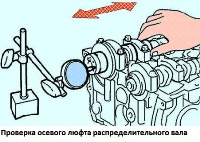In case of unstable engine operation, poor starting, high oil consumption in the engine, it is necessary to check the compression in the engine cylinders
Cylinder compression is the highest gas pressure in the cylinders when the piston compresses the air at the end of the compression stroke.
Low or no compression pressure indicates piston ring wear, piston or valve burnout.
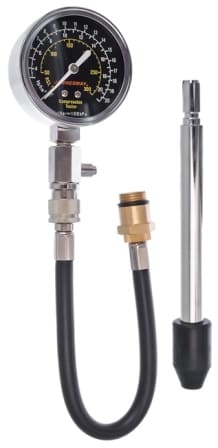
The compression in the engine cylinders is checked with a compression gauge, which is inserted into the spark plug hole in the cylinder head.
The tip of the compression gauge is rubber, it should be pressed tightly into the spark plug hole when measuring compression.

To unscrew the spark plugs, we use a special spark plug wrench for 16.
Before checking the compression, you need to start the engine and warm it up to operating temperature.
After that, turn off the fuel pump and release the fuel pressure.
This is best done by disconnecting the connector from the fuel module.
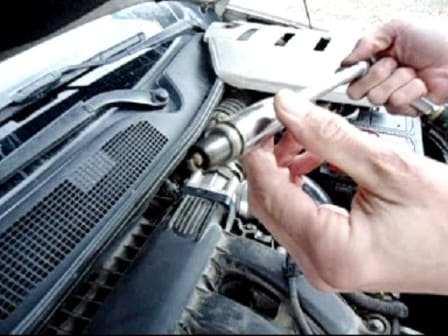
We remove the engine ignition coils and unscrew the spark plugs with a candle wrench.
For the replacement of spark plugs, you can see the article - "How to replace the spark plugs of a Renault Megan-2 car".
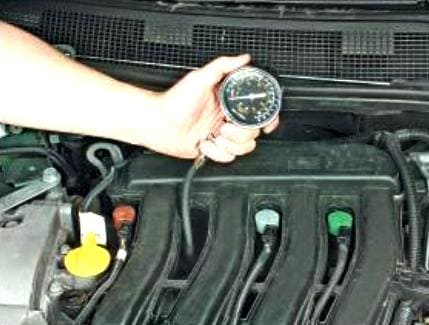
We install the compression gauge in the spark plug hole of the cylinder to be checked.
The assistant presses the gas pedal (throttle actuator) all the way to fully open the throttle.
Turn on the starter and turn the engine crankshaft until the pressure in the cylinder stops increasing.
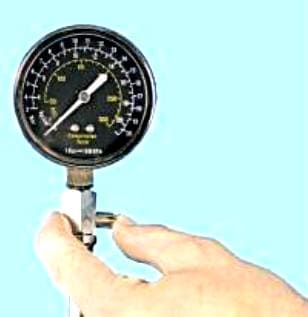
We record the readings of the compression gauge, and release the pressure of the compression gauge by pressing the air release valve.
Checking the pressure in other cylinders.
Normal pressure in the cylinders should not be lower than 10 kgf/cm2 and should not differ in different cylinders by more than 1 kgf/cm2.
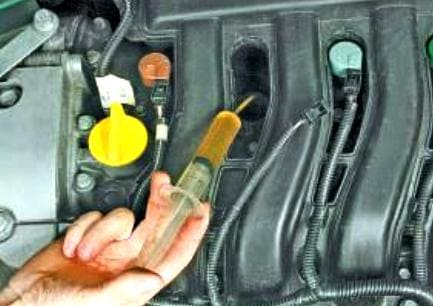
To find out the cause of insufficient compression, you can pour 20 ml of clean engine oil through the spark plug hole and measure the compression again.
If the compression gauge readings have increased, it means that there is a lot of wear or breakage of the piston rings.
If the compression values remained unchanged, then this indicates a loose fit of the valve plates to their seats or damage to the cylinder head gasket.
The cause of insufficient compression can also be found by supplying compressed air to the cylinder in which the piston is pre-set at TDC on the compression stroke.
To do this, remove the tip from the compression tester and attach the compressor hose to it.
Insert the tip into the spark plug hole and blow air into the cylinder at a pressure of 2-3 kgf/cm2.
In order to prevent the engine crankshaft from turning, engage a higher gear and brake the car with the parking brake.
The exit (leakage) of air through the throttle assembly indicates a leak in the intake valve, and through the muffler - a leak in the exhaust valve.
If the cylinder head gasket is damaged, air will escape through the neck of the expansion tank in the form of bubbles or into the adjacent cylinder, which is detected by a characteristic hissing sound.










